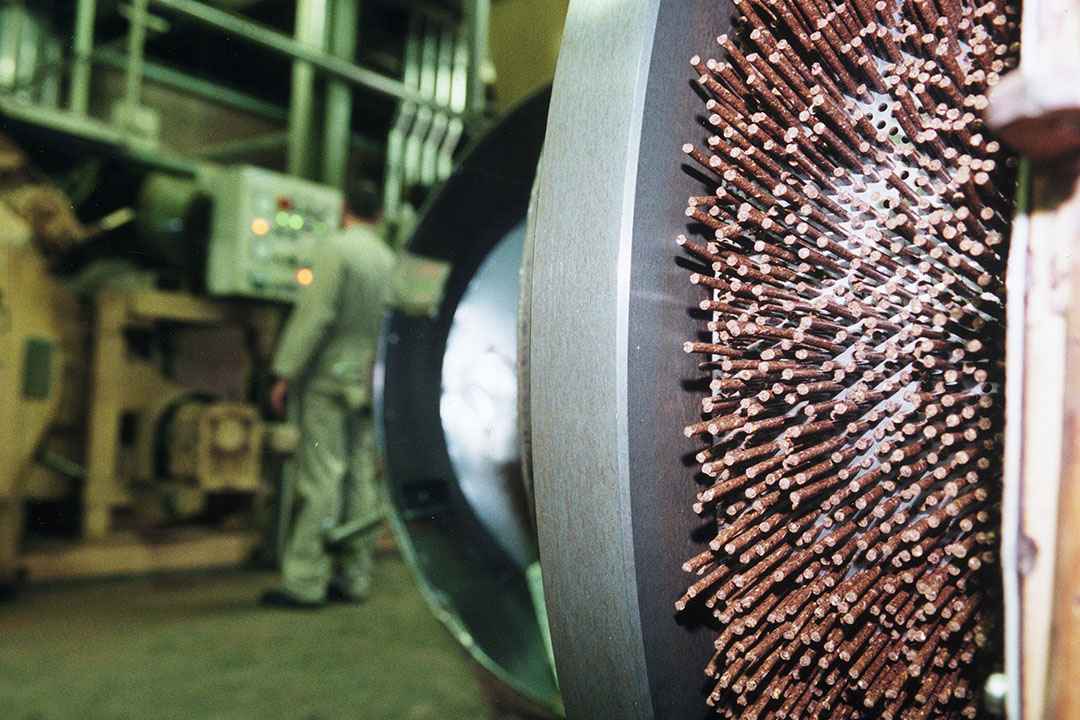Processing challenges of new types of feed ingredients

New ingredients often present feed companies’ nutrition or sales teams with opportunities to either differentiate their range in the marketplace or make ingredient cost savings. Often they present processing challenges as the title suggests, and the net benefit to the business must always be considered.
These new ingredients regularly appear as; a replacement for a current cereal or protein source, a micro-ingredient adding a specific benefit or on occasion a processing aid. The physical form in which they come will vary with potential use, however grains, pellets, powders, liquids or slurries are all possibilities and the complexity of the challenge begins here.
An initial requirement is a pre-delivery sample, as the operators must be aware of what to expect and any potential QC issues to be aware of. This first contact point is when the handling and storage challenges begin, perhaps even before the material fully leaves the delivery vehicle. One mature plant which had coped well with grains and protein meals for many years faired poorly when faced with a new extremely fine cereal replacer ingredient, the new material should have been characterised as a flowable powder, and it found every hole, unsecured lid and worn out connection in the old place. The ensuing snow globe demonstrated the need for a higher level of maintenance and continuous investment if new ingredient opportunities are to be cost-effective. The use of such free-flowing ingredients can cause problems further in the process if the scale is fed by screw conveyors a flowable powder can continue to flow long after the device has stopped, be aware, design adaptions or alternate delivery methods may have to be considered.
Alternately sourcing ingredients as whole grains or pellets when meals were used previously, have led several feed mills to note increased energy use in grinding as well as additional costs in hammer with increased wear and more frequent replacement. Liquid ingredients provide similar challenges in movement and delivery accuracy, compatibility with the lines, pumps and meters must be a consideration when new liquids come to the plant.
Changes in pH and viscosity will test the seals on the system and precision of addition. The incorporation of co-product slurries into extruded feeds is normal and can be achieved with appropriate mixing systems or deliver direct to the conditioning or extrusion barrels, the high moisture of these ingredients has been a deterrent for terrestrial livestock feed mills but as the economic argument for feeding these materials becomes overwhelming methods shall be refined to meet the demand. When it comes to meeting the challenges of new ingredients, get to know them, understand their handling and storage characteristics, their sensitivities, and effects on the process – make the challenge an opportunity.











